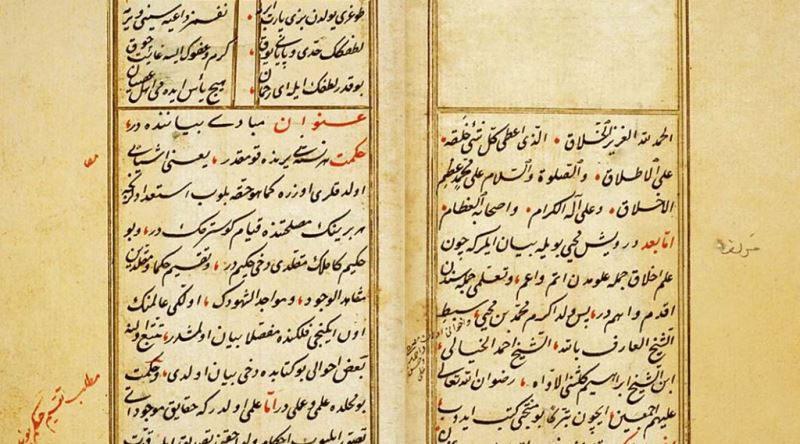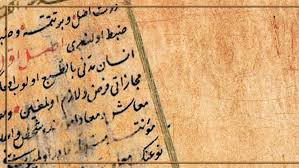Muhyî-i Gülşenî, born in Edirne in 1528, was a prominent figure and the leader of the Gülşenî community in Cairo. The reason behind Muhyî-i Gülşenî’s creation of Bâleybelen, which was a result of the use of multiple languages in the region, was quite similar to Zamenhof’s creation of Esperanto. Additionally, one of his significant goals was to facilitate the transmission of Sufi terminology. Another reason for presenting Bâleybelen was the claim that Sultan Selim II wanted a universal language based on Ottoman Turkish, which was written in Arabic script. The Ottoman Empire, which encompassed diverse ethnicities, placed great emphasis on communication among its population. The language of Bâleybelen, consisting of Turkish, Persian, and Arabic words, followed simplified Arabic grammar rules. As part of his linguistic work, Muhyî-i Gülşenî, by the late 16th century, had created a book that contained the grammatical principles of Bâleybelen and a vocabulary of 10,000 words. However, the world’s first constructed language did not receive the expected recognition despite all these efforts.

The discovery and publication of Bâleybelen took place in the early 19th century. While traveling in Aleppo, French researcher and writer Rousseau came across a mysterious book. This book was one of the missing works of Muhyî-i Gülşenî. Rousseau couldn’t understand its content and structure. He sent a copy of the first page of the book to Joseph von Hammer-Purgstall, who was serving as the Austrian Attaché in Istanbul at the time. Hammer’s attempts were unsuccessful, and he, in turn, sent the sample to Silvestre De Sacy, an academician at the School of Oriental Languages in Paris. However, Sacy couldn’t decipher it either. After eight years of research, Sacy encountered another book in the Imperial Library with similar characteristics to the sample.
Although the language in the books could not be understood, he wrote an article on the subject, claiming that the language belonged to a lost nation or a dialect of Kabbalism. At the same time, renowned Orientalist Alessandro Bausani declared that Bâleybelen was the world’s first constructed language. Fortunately, after 150 years, it was revealed that these books belonged to Muhyî-i Gülşenî.
Turkish intellectuals first delved into the topic in 1966 when Prof. Dr. Mithat Sertoğlu from Istanbul University’s Faculty of Letters wrote about Bâleybelen. Prof. Sertoğlu introduced Bâleybelen to our literature with his article titled “The First International Language Created by a Turk” published in the “Hayat Tarih” magazine. The person who successfully deciphered Bâleybelen after five years of research was Mustafa Koç. His work resulted in the publication of the book “Bâleybelen / The First Constructed Language” in 2006.
Bâleybelen is important in terms of enabling secret societies to communicate, conveying specific religious teachings, and all these activities taking place in ancient times. One of the most important aspects for us is that the world’s first constructed language was developed by the Turks. Unfortunately, one of the saddest facts for us is that millions of Turkish students and academics remain unaware of Bâleybelen.

